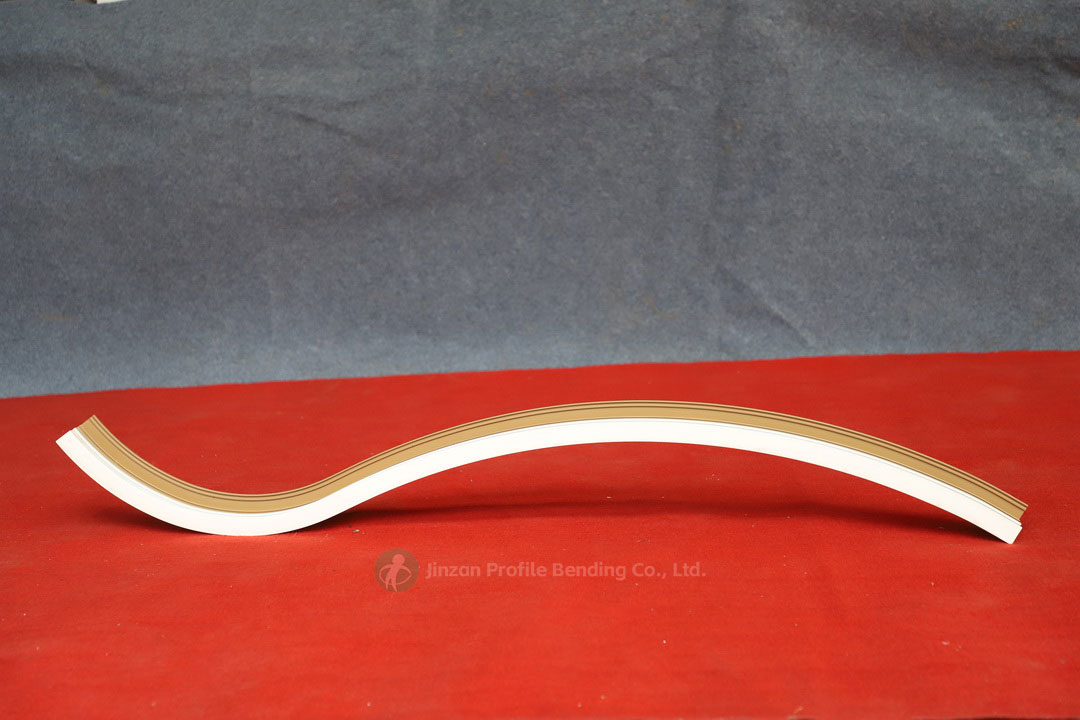Redefining the construction industry with innovative solutions, cuttin-edge technology and sustainable practices
Profile Bending 2025-08-02
Profile bending has become a pivotal process in various industries, including construction, automotive, and aerospace, due to its ability to create complex shapes and structures that meet specific design requirements. As technology continues to evolve, the future of profile bending is set to be shaped by automation and the use of advanced materials.
1. The Rise of Automation in Profile Bending
Automation is rapidly transforming the manufacturing landscape, and profile bending is no exception. Automated bending machines equipped with sophisticated software and control systems are becoming more prevalent, streamlining production processes and enhancing precision.
a. Increased Efficiency and Productivity
Automated profile bending machines can operate at higher speeds and with greater accuracy than their manual counterparts. This increased efficiency allows manufacturers to streamline their production lines, reducing lead times and labor costs. Automated systems can handle multiple bending operations in a single setup, leading to significant time savings and improved throughput.
b. Enhanced Precision and Consistency
One of the primary advantages of automation in profile bending is the consistency and precision it offers. Automated machines are programmed to execute bends with exact specifications, minimizing human error and ensuring uniformity across batches. This precision is crucial in industries like aerospace and automotive, where tolerances are tight, and even minor deviations can lead to significant issues in performance and safety.
c. Integration with Industry 4.0
The integration of profile bending machinery with Industry 4.0 technologies is another exciting trend. Smart factories utilize IoT (Internet of Things) devices to connect machines, enabling real-time data collection and analysis. This connectivity allows for predictive maintenance, reducing downtime by anticipating equipment failures before they occur. Additionally, real-time monitoring of production processes can lead to immediate adjustments, optimizing performance and resource utilization.

2. Advancements in Materials for Profile Bending
The choice of materials plays a critical role in the effectiveness of profile bending. As engineering demands evolve, so too do the materials used in bending processes. The future is likely to see an increased focus on advanced materials that offer enhanced properties.
a. Lightweight Alloys and Composites
The automotive and aerospace industries are increasingly adopting lightweight materials to improve fuel efficiency and performance. Advanced alloys and composites are not only lighter but also offer superior strength-to-weight ratios. Profile bending processes must adapt to these materials, requiring specialized techniques and equipment capable of handling their unique properties.
b. High-Strength Steel
High-strength steel (HSS) is gaining traction in construction and manufacturing due to its durability and load-bearing capabilities. Profile bending of HSS requires advanced machinery that can apply higher forces while maintaining precision. The ability to bend high-strength materials allows for the design of more robust structures without increasing weight, directly benefiting industries focused on sustainability and energy efficiency.
c. Sustainable Materials
As sustainability becomes a central concern across industries, the use of environmentally friendly materials is on the rise. Engineers are exploring bio-based materials and recycled metals that can be effectively bent while meeting structural requirements. The challenge lies in developing bending processes that accommodate these sustainable materials without compromising quality or performance.
3. Customization and Design Flexibility
The future of profile bending will also be characterized by greater customization and design flexibility. As industries move towards more tailored solutions, the ability to create bespoke profiles quickly and efficiently will be paramount.
a. Advanced CAD/CAM Software
The use of advanced Computer-Aided Design (CAD) and Computer-Aided Manufacturing (CAM) software is transforming how profiles are designed and produced. These tools allow engineers to simulate bending processes, optimize designs, and reduce waste. The integration of CAD/CAM systems with bending machines ensures a seamless transition from design to production, enabling rapid prototyping and customization.
b. On-Demand Production
With the rise of just-in-time manufacturing and on-demand production, companies are increasingly seeking flexible solutions that allow them to respond quickly to market demands. Automated profile bending machines can be programmed to produce small batches of customized profiles efficiently, reducing inventory costs and waste while meeting specific customer requirements.
The future of profile bending is poised for significant advancements driven by automation and the use of advanced materials. As industries evolve and demand for precision, efficiency, and sustainability grows, embracing these trends will be essential for manufacturers looking to remain competitive. By investing in automated systems and exploring innovative materials, companies can enhance their production capabilities, meet the challenges of modern engineering, and contribute to a more sustainable future. As we look ahead, the integration of these technologies will not only redefine profile bending but will also pave the way for new possibilities in design and manufacturing across various sectors.